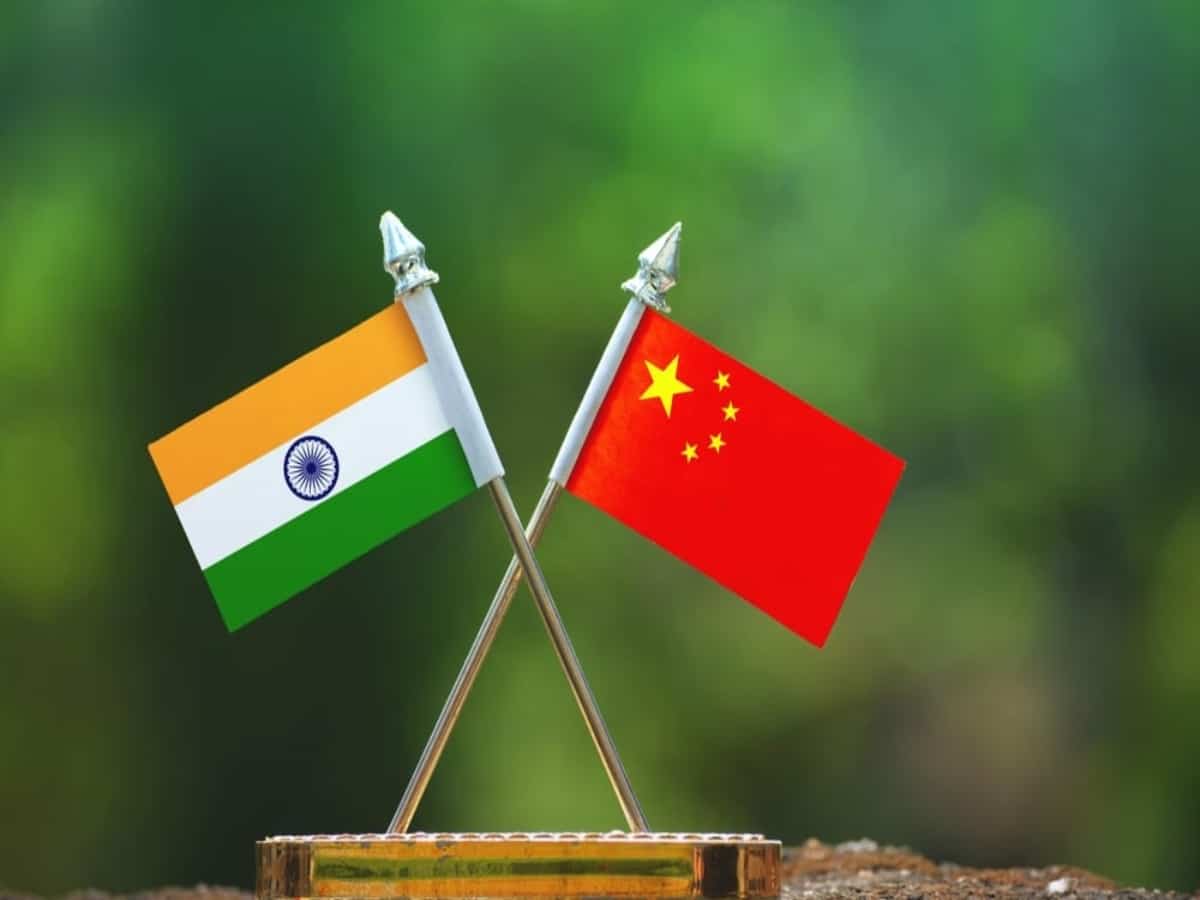

Within days after the Indian army chief Gen. Manoj Pande concluded his three-day-long visit to Ladakh, where he also visited the forward areas bordering China in eastern Ladakh, reports have emerged that Chinese are constructing bridges along the Pangong Tso ( lake), which can provide better and speedy connectivity to the PLA troops in this highly sensitive theatre, where for the past over two years China and India are locked in a stiff standoff, a mild version of the near-war situation.
The construction of the bridges on the Chinese side of the glacial lake spread over to 135 kms in east in the Ladakh region is keeping in pattern with the Chinese plans to build infrastructure and connectivity logistics over the decades, which India ignored in the past and the consequences of which are there – Chinese are better equipped to move their troops and war machinery at a far greater speed than the Indians. Whether the Chinese are constructing bridges on their side of the lake or what is called as occupied territories, this doesn’t undermine the strategic impact of the constructions on the Indian defences or responses required in the situations of crisis.
Necessary lessons should have been learned in the past, but there was no attempt to do so. Consequently, the situation has arisen where the Indian side is taking solace that it has matching troops strength in the eastern Ladakh to check the aggressive designs of PLA. The deployment of troops and equipping them with wherewithal to avert possible or anticipated aggression from the other side is one part of the strategic necessity in situations where there is no war but war-like situations can erupt anytime. It is not a peacetime situation. But it is quite different scenario when the other side builds infrastructure close to the border for the speedy movement of its troops and tanks. It is as dangerous as the attempts to intrude into the Indian territory. There is a denialism that Chinese have not intruded into the Indian territory. The argument is that the Indian troops were vigilant and did not allow Chinese to unilaterally alter the status of the Line of Actual Control ( LAC), but can the arrangements being made by the Chinese to accomplish their goal of advancing beyond the marked lines can be ignored. In any case, there are hardly any marked lines at the LAC and that is at the root of the whole contention or dispute . There doesn’t have to be Galwan valley like situation of June 2020 to remind that the things are really precarious. And since the geography is remote and the common Indians don’t have the idea where Galwan is, or how the LAC meanders, and how it is guarded and what cost. That should not be taken as an alibi to keep the facts under wraps. Just to recall, Galwan valley incident in which nail studded clubs and rocks were used as weapons, India had lost 20 soldiers, including a Commanding officer. The mere mention of Galwan clashes sends chill down the spine of the Indians who mourned the loss of the soldiers on borders with China.
India is committing the same mistake that it did over the years. Chinese troops are having the connectivity up to the last point of what is seen or perceived as LAC, whereas India is miles and miles behind in this area. The problem with the previous governments, as is the current discourse, did not undertake measures to adequately defend borders. This is true that the defences are linked to the connectivity and the logistics. India missed on that. The political leadership was too obsessed with Pakistan and revelled in dividing Pakistan that it ignored the strategic need of connectivity and logistics in borders with China. It is now in the same mode , not taking adequate cognizance of the developments in the border areas, which, it is certain would be a permanent headache for it in future.

